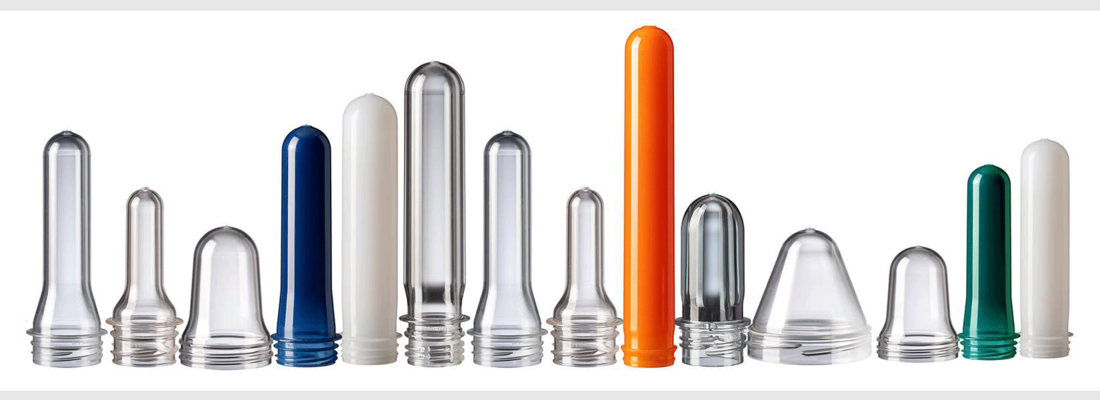The sums are simple: productivity goes up, costs come down, carbon footprint gets smaller, when you cut efficiently cycle time in preform production. Any reduction in specific energy consumption makes the process more sustainable. Plus, optimization of water consumption leads to further falls, not only on this precious natural element but also in energy expenditure, as it reduces the electricity consumption of the pumps that feed the cooling circuits. This opens up the possibility of using smaller pumps, with another improvement in sustainability.
The key elements that brought SIPA on a leading position on this application are the consolidated experience both on the engineering and manufacturing steps as well as the flexibility to engineer the tooling accordingly to the specific preform design and features.
Flexibility from the first step
To provide maximum flexibility, SIPA engineers consider multiple variables, including the layout of the mold -- the number of cavities, horizontal pitch, vertical pitch, and so on. What results is a robust mold design that is suitable for whatever machines the customer has on their production floor.
This concept of customization is transferred into the complete mold development process, virtually from the moment the idea of the product is born, throughout the development of the application with the customer. Cooling circuits is one of the most important aspects that is considered from starting point.
It goes almost without saying that the cooling system is designed not only in relation to the size of the mold and the machine, but also in relation to the geometry of the preform. Typically, based on the productivity objectives set by the customer, and the injection machine that they have available, reference is made to a specific layout (number of cavities, pitch and arrangement), each of which has a standardized architecture: this makes it possible to realize various objectives of compatibility between the various components (between the mold cold half and the hot runner system, for example).
Going beyond “good enough”
SIPA, however, does not limit itself to simply applying a standard solution likely to provide satisfactory performance for any application; instead, it goes the extra mile to create an optimal level of performance for each instance.
This requires checking that the cooling water distribution diagram is ideal for the specific application and, if necessary, applying corrective solutions in order to obtain a fully optimized result. In each and every case, one important job that is always carried out is optimization of the stack cooling to ensure the best result in all its aspects.
Results:
- diagram of the water circuit always optimized for each plate in order to provide the right amount of water for each cavity, distributing it evenly;
- cooling design of stack components always optimized. Both to get best cooling performance with lowest energy consumption.
Customized cooling design trough the FEA
Dimensioning of every individual system is strongly supported by Finite Element Analysis to evaluate the thermal and fluid dynamics of that system. Each plate has a personalized water diagram and each stack has a dedicated design. SIPA makes use of the best software systems currently on the market and customizes them to provide high-speed mold analysis. This activity is incorporated into the engineering development flow, without having an impact on the lead time of the product. The impact that it does have is in the creation of a product with outstanding performance, both in terms of cycle time and consumption in utilities that are all 100% tested internally before delivering the tool to our customer.
Mapping characteristics
Validation of the various analytical evaluations is carried out during the first stages of testing. Before conducting any functional testing, the molds that are designed and built on the basis of these calculations are subject to measurements of the characteristic curves of flow rate and power on a special test bench.







